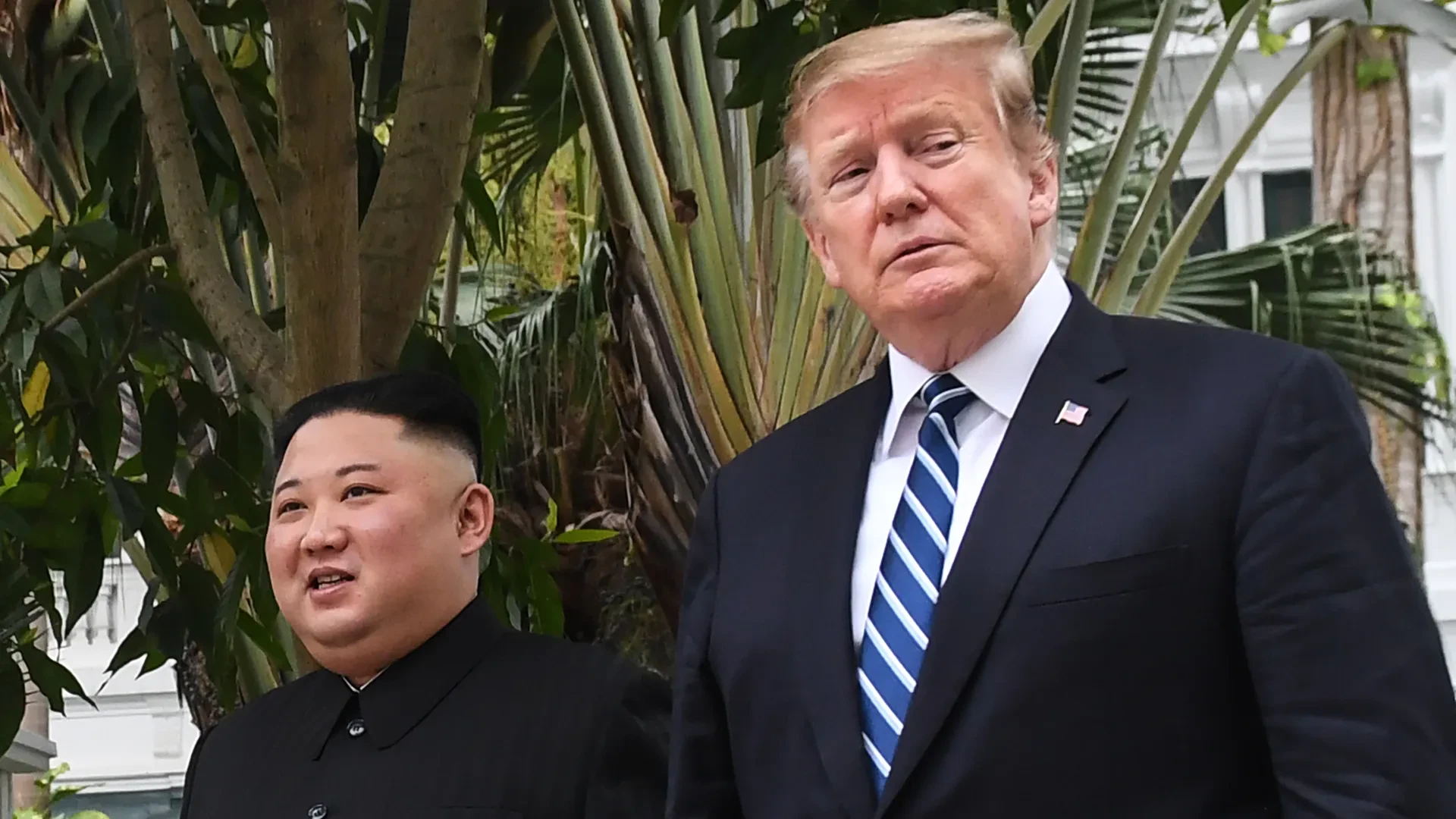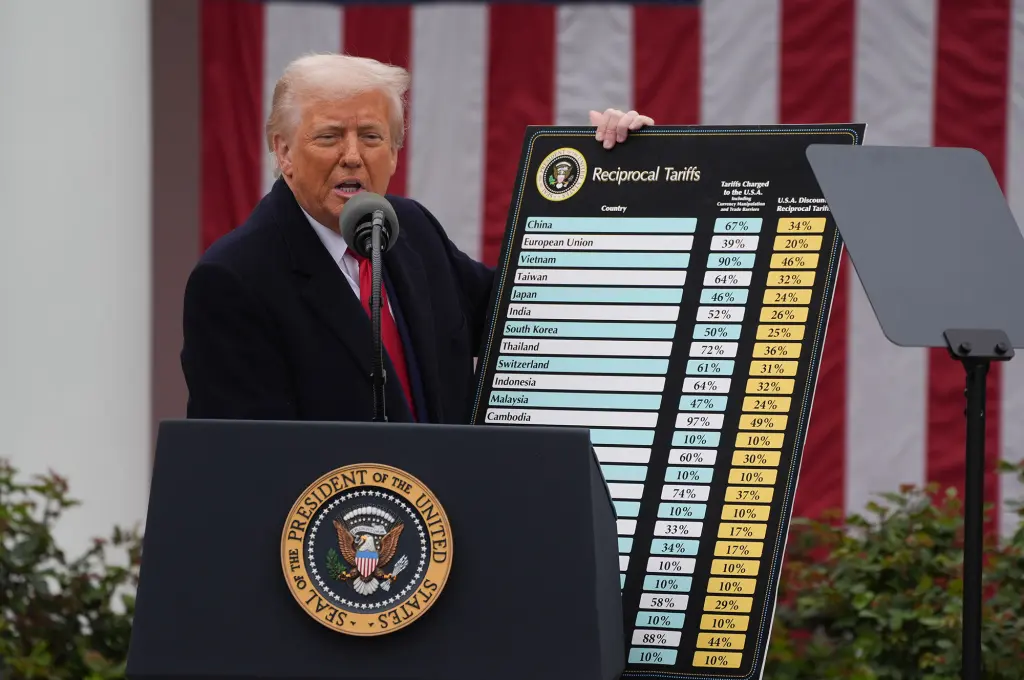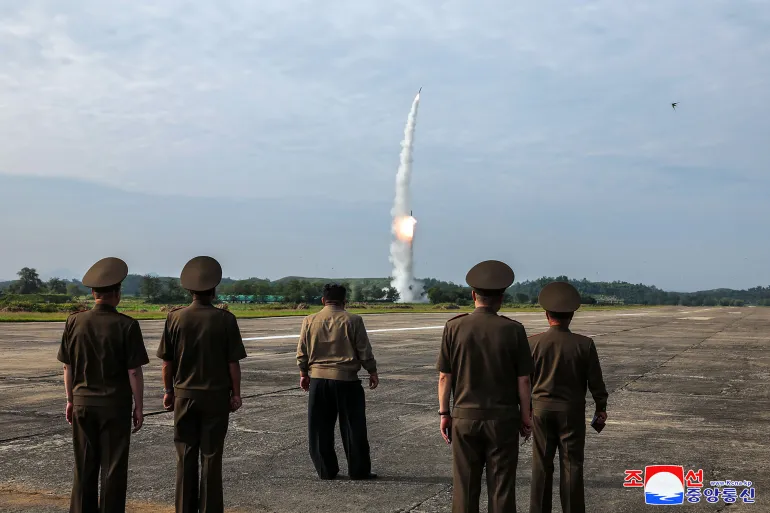President-elect Donald Trump has unveiled an aggressive trade strategy targeting Canada, Mexico, and China, proposing unprecedented tariffs designed to address critical national security concerns surrounding drug trafficking and immigration. The comprehensive plan includes a sweeping 25% tariff on all imports from Canada and Mexico, complemented by an additional 10% levy on Chinese goods, signaling a bold approach to international trade negotiations.
Planned for implementation through executive orders immediately upon taking office, these tariffs will be aimed at pressuring these nations to combat fentanyl smuggling and irregular border crossings. The announcement has already triggered significant market reactions, with immediate volatility observed in currency markets as the Canadian dollar and Mexican peso experienced notable declines against the U.S. dollar.
This approach mirrors Trump's previous trade strategies from his first term, which sought to reshape international economic relationships through forceful protectionist measures. However, economic experts and trade analysts have raised substantial concerns about the potential wide-ranging consequences of such comprehensive tariff implementation.
A Modern Economic Landscape
The economic ramifications of these proposed tariffs present a complex and potentially disruptive scenario. Economists overwhelmingly caution that while such measures might generate short-term benefits for specific industries, they typically produce broader economic disruptions that could outweigh initial advantages.
Consumers stand to bear the most immediate and tangible impact of these tariffs. Preliminary economic analyses predict U.S. grocery prices could increase by over 3%, potentially adding approximately $185 annually to a typical family's food budget. Beyond direct consumer costs, the tariffs threaten to destabilize intricate North American supply chains, particularly in sectors like automotive manufacturing and agriculture that rely extensively on cross-border trade.
Labor markets would likely experience significant challenges under this new trade regime. Previous studies examining Trump's earlier tariff policies indicate that such measures previously cost the U.S. economy approximately 245,000 jobs. While certain protected domestic industries might experience temporary gains, export-dependent sectors could suffer substantial employment losses. Moreover, such protectionist approaches often discourage innovation by reducing competitive pressures on domestic firms.
Macroeconomic projections suggest these tariffs could reduce overall economic efficiency by distorting production and consumption patterns. Long-term consequences might include reduced GDP growth, diminished productivity, and decreased household incomes - outcomes that could potentially counteract the intended policy objectives.
Geopolitical Considerations
The proposed tariffs carry profound geopolitical risks that extend far beyond immediate economic calculations. Implementation could potentially violate the U.S.-Mexico-Canada Agreement (USMCA), which Trump himself negotiated during his previous administration, thereby risking broader diplomatic tensions and potentially undermining existing trade frameworks.
Countries targeted by these tariffs are expected to respond with countermeasures, creating a potential escalation of trade conflicts. Historical precedent suggests such retaliatory cycles often prove ineffective in achieving stated policy objectives. During Trump's first term, similar tariff strategies failed to significantly reduce trade deficits or substantively revive domestic manufacturing employment.
The global economic community views these proposals with considerable apprehension. While Trump argues that these measures are necessary to address serious challenges like drug trafficking and border security, most economic experts suggest more nuanced, targeted approaches could more effectively tackle these complex issues without imposing widespread economic penalties.
International market responses have been swift, reflecting uncertainty about potential trade disruptions. Currencies and financial markets have already begun to reflect the potential implications of these proposed tariffs, underscoring the global interconnectedness of modern trade relationships.
As the proposal moves toward potential implementation, stakeholders across government, industry, and international trade circles are carefully analyzing the potential short-term and long-term consequences. The delicate balance between addressing national security concerns and maintaining robust international economic partnerships remains at the forefront of this complex policy initiative.
















Discussion